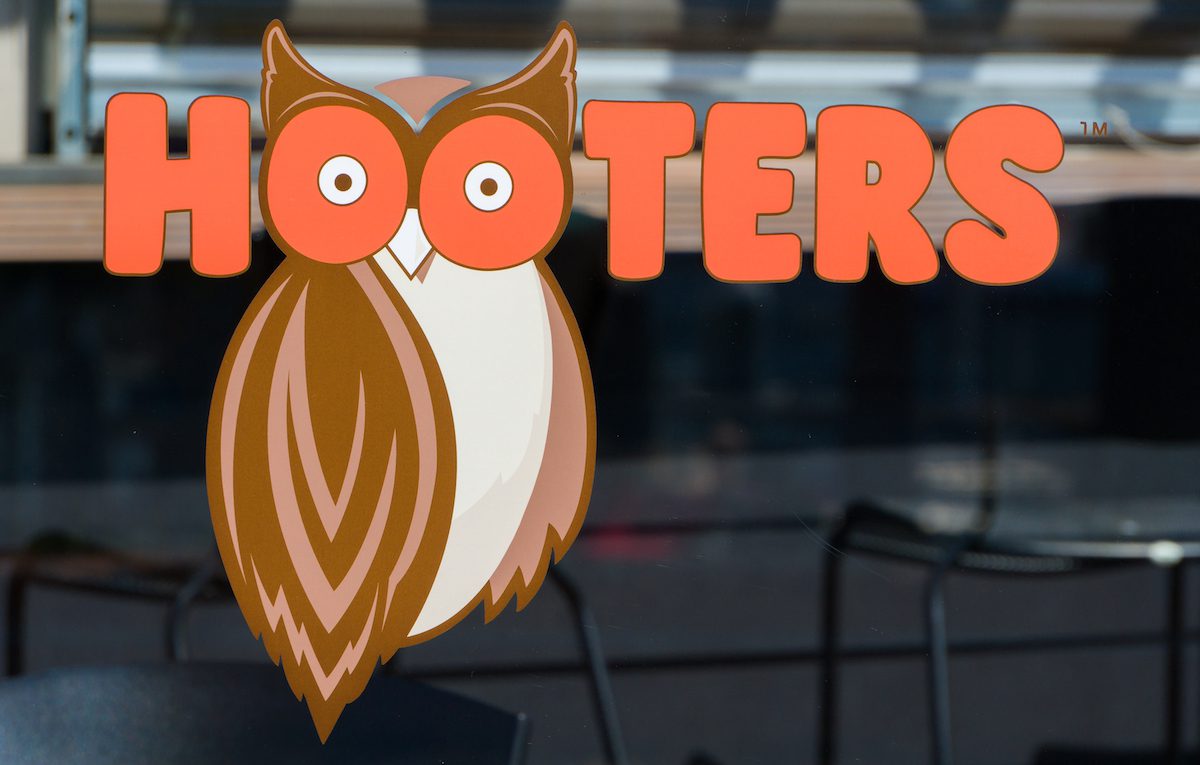75% of Hooters’ Virtual Customers Have Never Visited Flagship Brand

For a restaurant like Hooters, renowned for its distinct in-store experience, the recent embrace of virtual brands has not only leveraged the chain’s existing equipment and staff to drive additional sales but has also introduced it to countless new customers who had never eaten in there before.
Marc Butler, Hooters senior vice president of strategic planning/off-premise, explained in an interview with PYMNTS that the chain’s delivery-only brands, which have been around since before the pandemic, have consistently drawn new customers into the restaurant’s ecosystem. After all, there are plenty of people who love burgers who might not care one way or another about their server’s outfit or appearance.
“The data that we got says about 75% of the people that are ordering from the virtuals have never ordered from the core Hooters brand, and that number shocked me from the very beginning,” Butler said. “I was really expecting a little bit more overlap. But it seems that still, even to this day, three, four years later, we’re still attracting a new customer with it.”
The restaurant chain’s virtual brands include burger chain Hootie’s Burger Bar, seafood chain Hootie’s Bait & Tackle, and its chicken tender brand recently rebranded with celebrity racecar driver Chase Elliott to Chase Elliott’s Chicken Tenders. The latter marks another play to broaden the restaurant’s audience to include new consumers, Elliott’s social media following.
Overall, the digital ordering space has been in flux, surging due to social distancing measures in 2020 and 2021 and then normalizing somewhat as consumers returned to life away from home. Now, with rampant inflation further impacting consumers’ food spending, it is difficult to tell what the new normal will be.
“We’re seeing so much influenced by either the economy or fears of what’s going to happen in the economy, so I think we’re seeing some behavioral shifts right now that might not be reflective of permanent trend,” Butler said. “It’s hard to say [how much of] what we’re seeing now is permanent and what is just a short-term kind of fear tactic that’s going on.”
Research from the August edition of PYMNTS’ Consumer Inflation Sentiment study “Consumer Inflation Sentiment: Inflation Slowly Ebbs, but Consumer Outlook Remains Gloomy,” which drew from a survey of more than 2,100 consumers, revealed that, in response to inflation, 38% of consumers reported that they are opting more for lower-priced restaurants.
Yet overall, Butler said he sees digital channels continuing to grow in the long term, noting that, with consumers having been “introduced to the convenience of digital ordering,” most are not interested in turning back.
Indeed, research from the July edition of PYMNTS’ ConnectedEconomy™ series, “The ConnectedEconomy™ Monthly Report: The Rise of the Smart Home,” which drew from a May survey of more than 2,600 consumers, found that 43% of consumers had ordered from an aggregator in the prior month, and more than half of those did so once a week or more.
Looking ahead, in a move to drive more revenue from these omnichannel customers, Butler noted that one of the company’s tech priorities is improving its loyalty offerings with data-informed messaging.
“Really being able to bring those customers into our fold on their data, understand their usage habits, and then cater messages to them is going to be a pretty important move for us moving forward,” Butler said.
